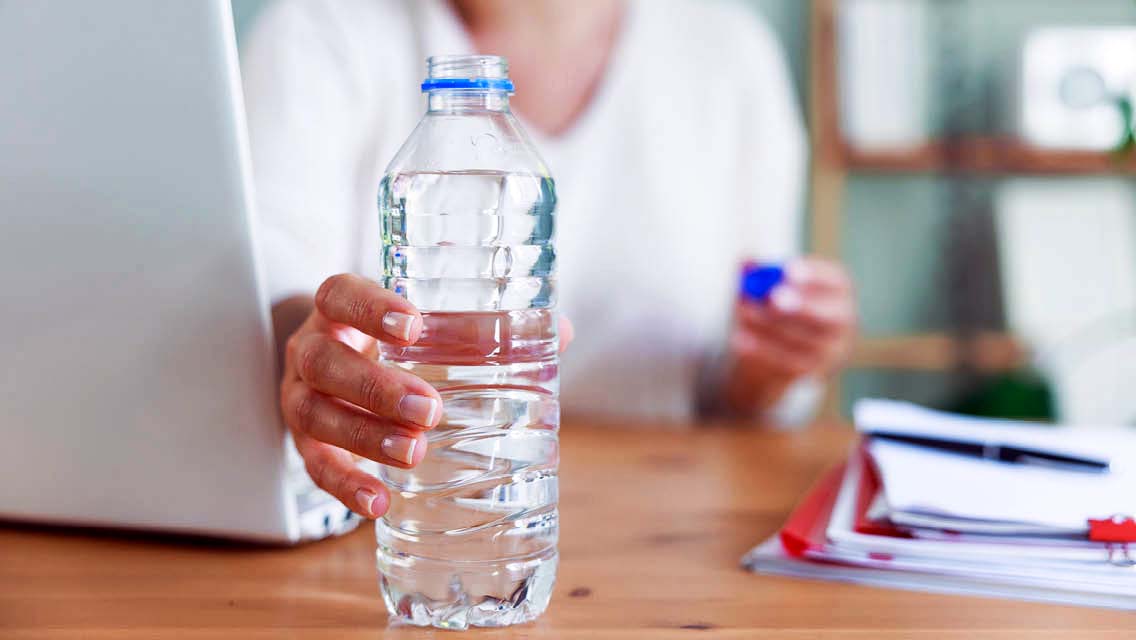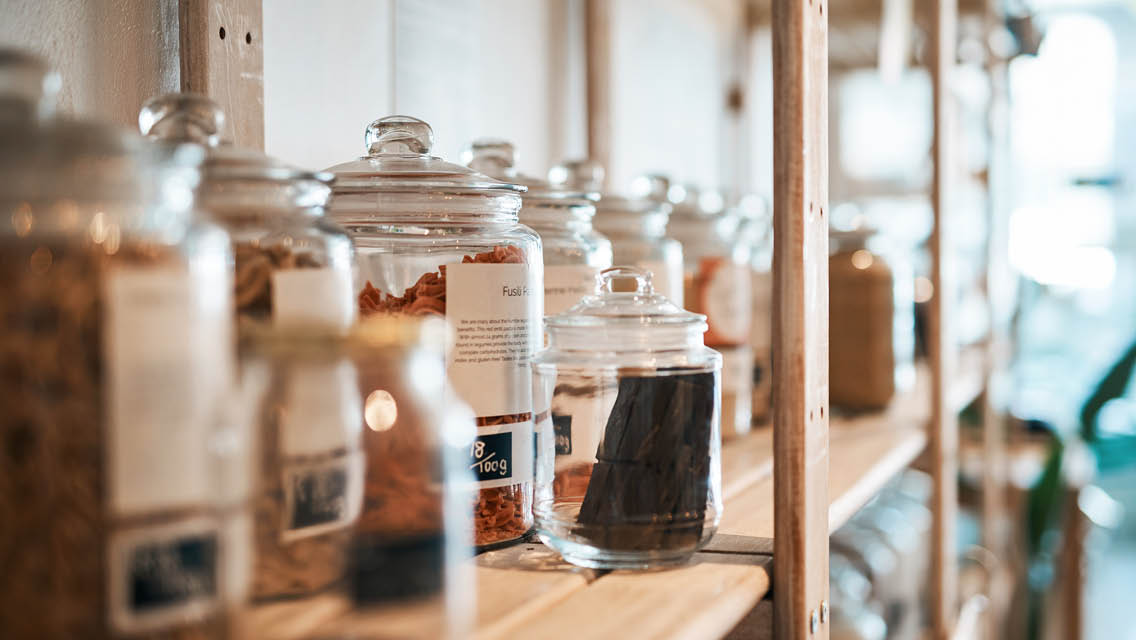That liter of bottled water that you’re drinking contains an average of 240,000 microscopic pieces of plastic, according to a Columbia University study recently published in the Proceedings of the National Academy of Sciences.
Using a new laser-imaging technique, researchers discovered that the number of micro- and nanoplastic particles in bottled water is between 10 and 100 times higher than previously estimated.
That liter of bottled water that you’re drinking contains an average of 240,000 microscopic pieces of plastic.
Nanoplastic particles are smaller than a micron, or 1/25,000th of an inch — far smaller than the human eye can see.
Where do these particles come from? The authors speculate that they may originate from the single-use polyethylene terephthalate (PET) and polyethylene (PE) bottles or from materials, like tubing or filters, used in the production, purification, or bottling process. But they also note that plastic contamination is in our environment at large.
The findings come amid increased warnings about the proliferation and hazards of nanoplastics. Recent studies find that nanoplastics in our system could lead the way to Parkinson’s, Alzheimer’s, cancer, and other systematic concerns.




